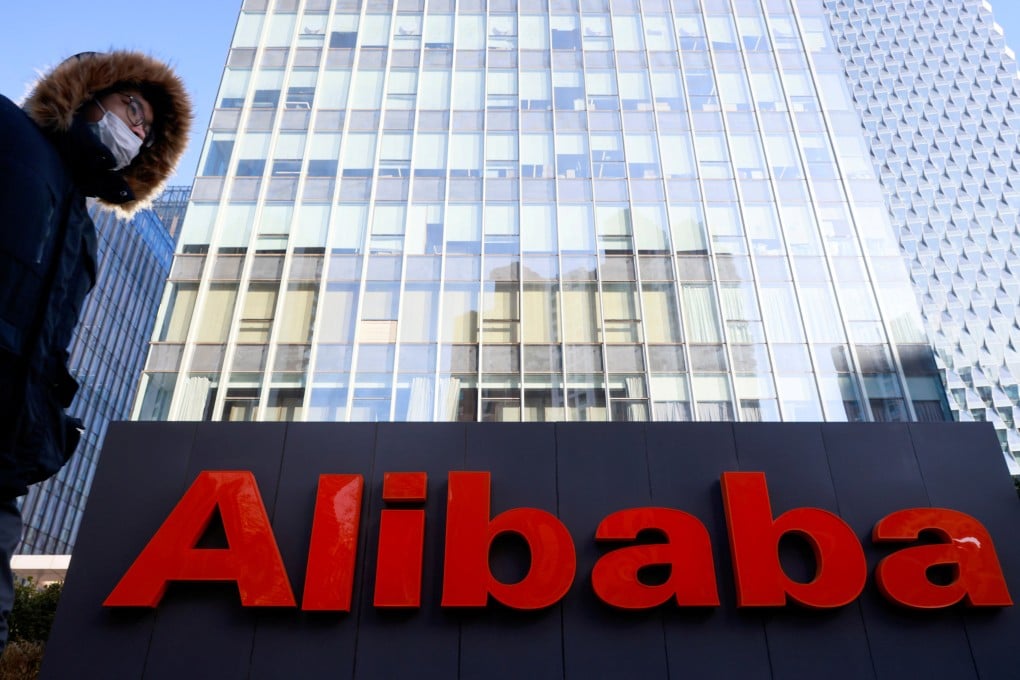Antitrust regulator SAMR is now the sheriff of China’s Big Tech after Alibaba fine, analysts say
- The State Administration of Market Regulation was formed just three years ago
- The government agency has become one of the most powerful forces in China’s crackdown on internet giants

SAMR, which was established three years ago as part of a broad government restructuring, was relatively absent from regulation of Big Tech in China until the end of 2020, when Beijing decided to ramp up anti-monopoly measures to rein in the country’s fast-growing internet platforms.
Its 100-day probe into e-commerce giant and the owner of the South China Morning Post Alibaba resulted in a 12,000 word, highly-detailed regulatory report, which some analysts say has burnished its credentials as the ultimate watchdog over the country’s tech titans.

After an exhaustive investigation, involving hours of interviews with senior executives, reviews of documents and examination of social media chat histories, SAMR concluded that Alibaba had “abused its dominant market position in China’s online retail platform service market since 2015 by forcing online merchants to open stores or take part in promotions on its platforms”.
Alibaba – despite defending its conduct during the investigation – said it accepted the results and its punishment “with sincerity”.
Fang Chaoqiang, a lawyer at Beijing Yingke (Hangzhou) Law Firm, said the penalty – equivalent to 4 per cent of Alibaba’s domestic revenues in 2019 – was reasonable and SAMR had kept a good balance between demonstrating Beijing’s will to regulate the internet while allowing Alibaba to continue its business operations.
“There was no previous reference in terms of antitrust regulation in the internet sector,” said Fang. “[The Alibaba case] will definitely strengthen SAMR’s confidence in handling similar cases in the future.”
There is currently no sign that SAMR will launch an imminent investigation into any other major technology firm, aside from its admonishment this week of the 34 tech firms.